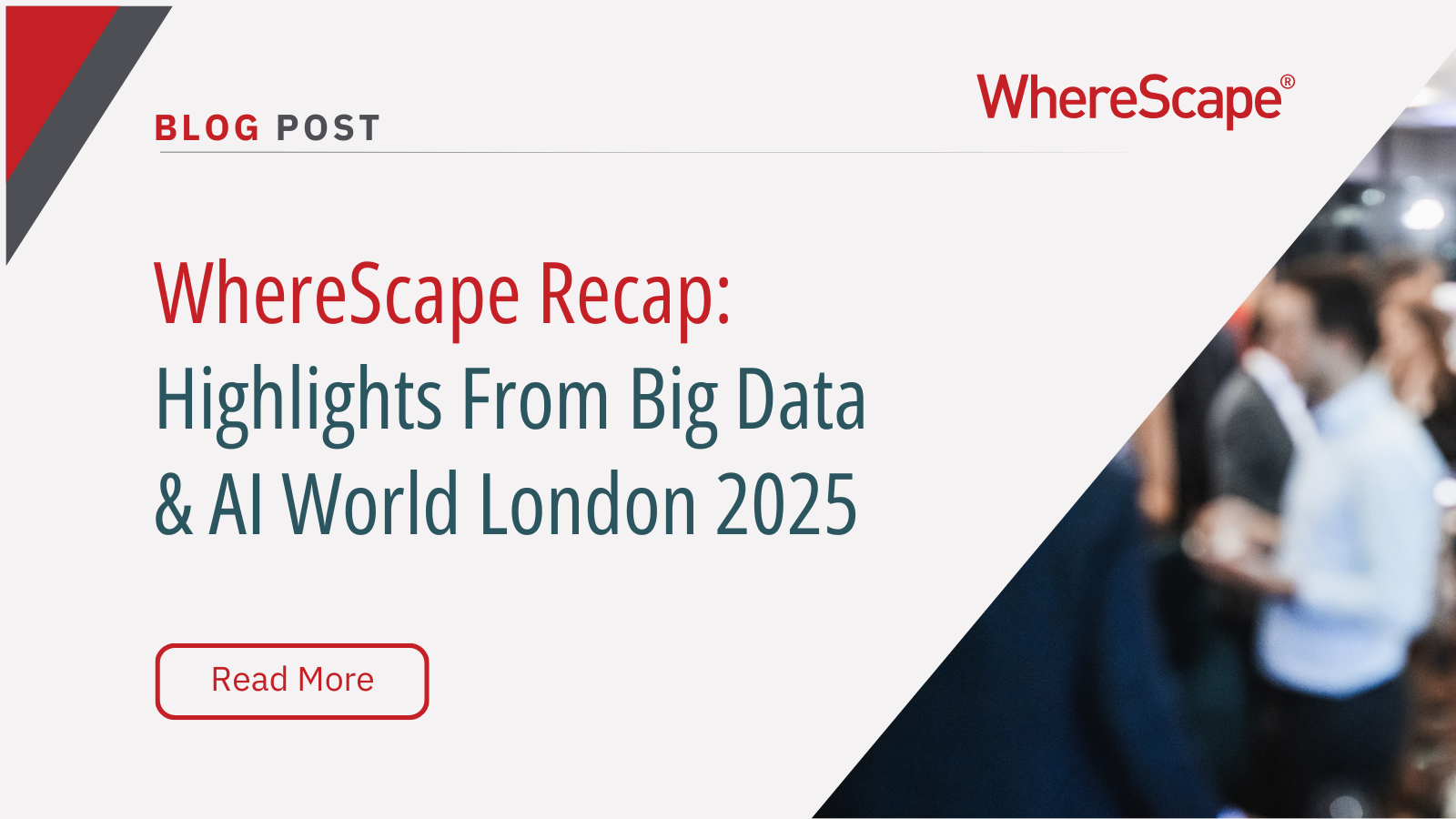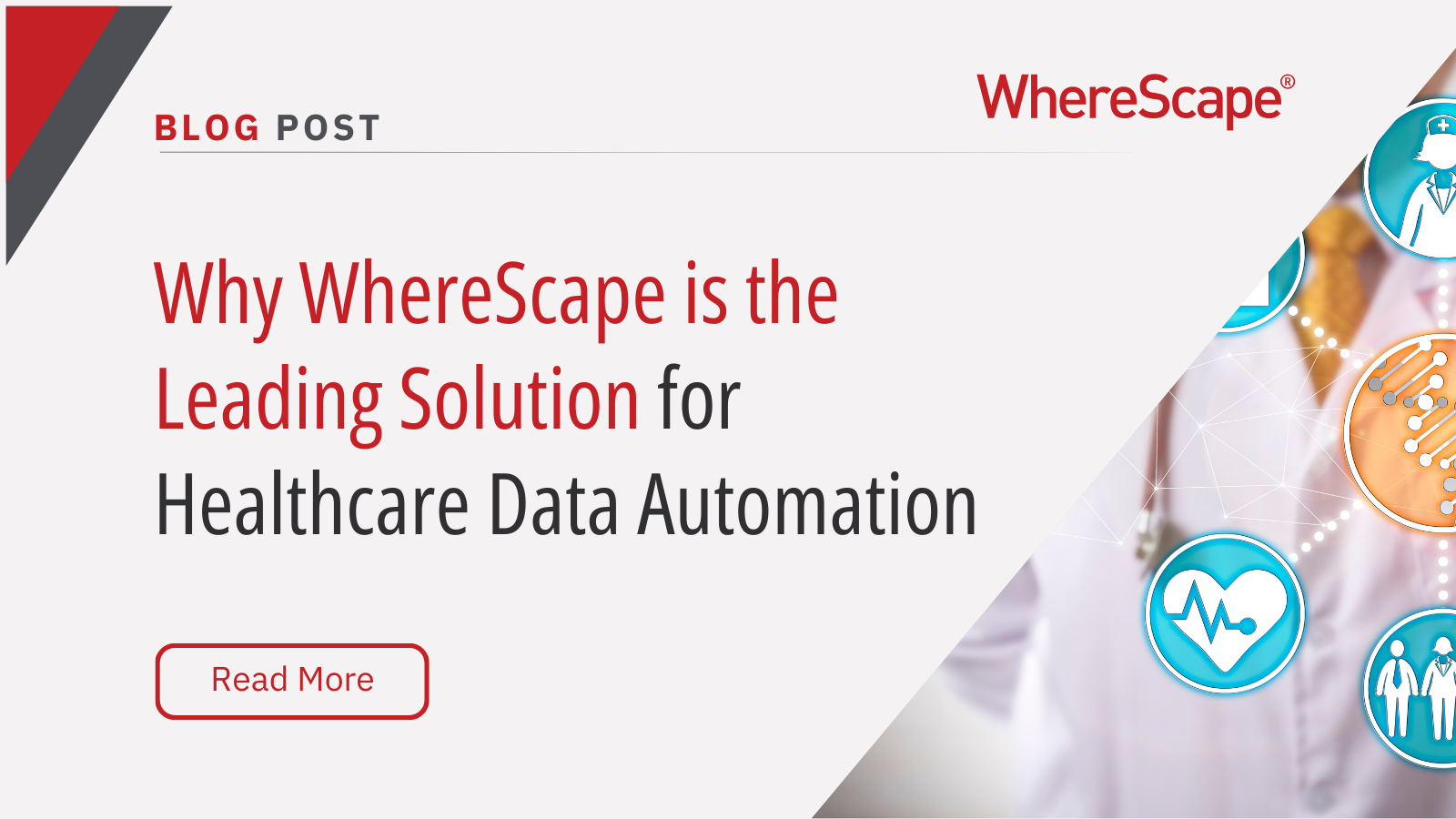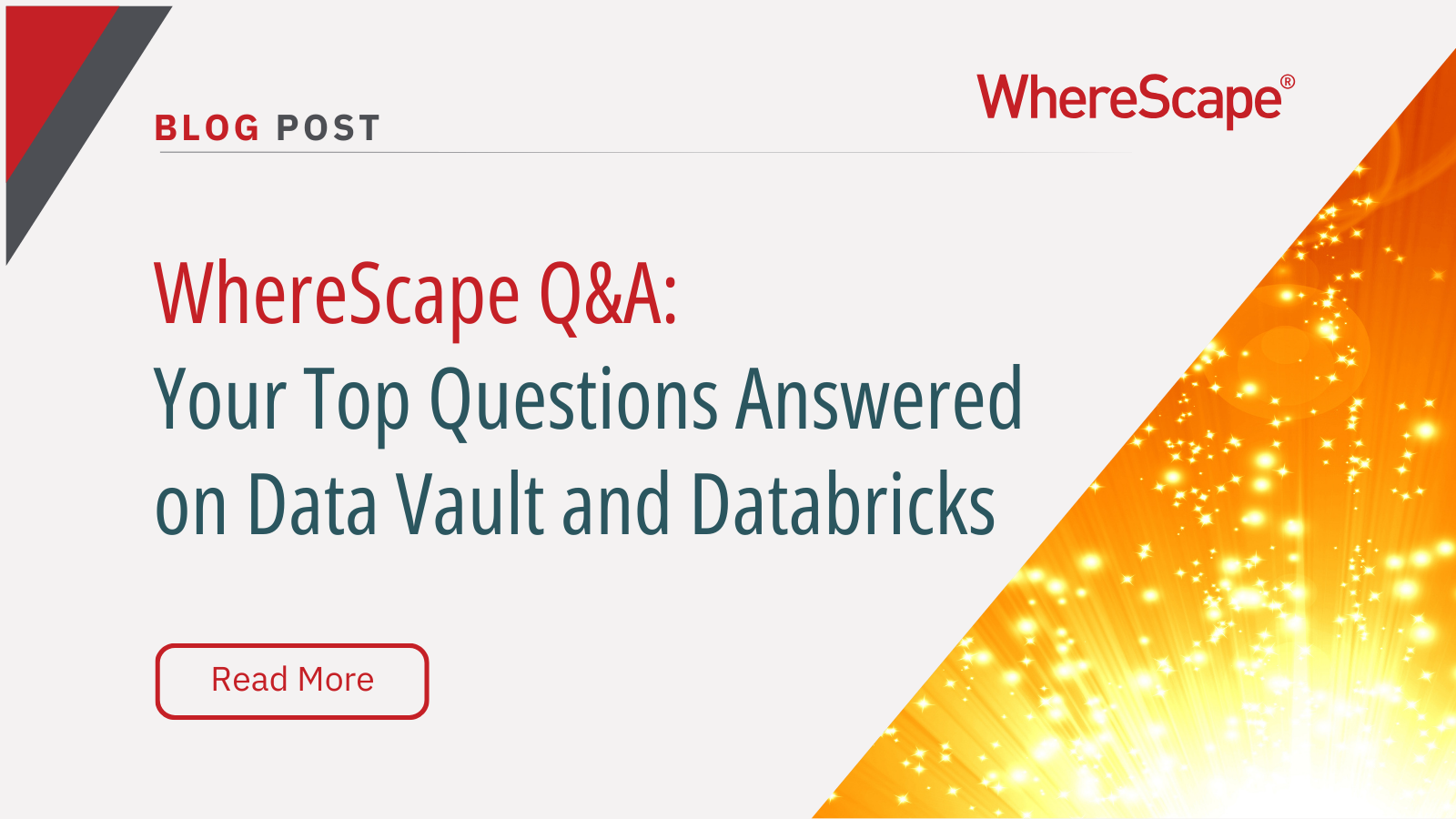Join WhereScape at the EDUCAUSE Annual...
Locking in a Data Vault
So, I’m playing a little with words here. I’m certainly not advocating locking anybody or anything in a Data Vault. I want to share how you can lock in success as you design and deliver your new Data Vault. I assume you have your business people fully on board as discussed in this recent blog. If not, I advise you to go back and do that first. This blogpost is aimed to specifically assist your development team.
Most of us are challenged by change. And developers are little different. They are typically very comfortable with a set of design approaches and tools learned in the past and it routinely frames their perspective on how to tackle the future. Combining the comfort of old ways with the tight timeframes and pressures of today’s business requests seldom leads to taking time to explore new options. As a result, it is easy for teams to be weighed down by outdated, limiting approaches to data infrastructure.
What we’ve learned with the evolution of the Data Vault methodology and data warehouse automation (DWA) over the past decade is that some areas within the data warehouse development process are broken. Dan Linstedt and the other contributors to the Data Vault model in the early 2000’s recognized early on that the traditional data models were not able to meet the quality and agility goals of a data warehouse serving a modern data-focused business. I have provided some of this background in this recent white paper.
The Data Vault is constructed from some very carefully defined primitives, such as hubs, links and satellite tables, that must be defined and populated in specific ways to work as intended. If developers use old approaches or, worse still, make up new ones themselves, disaster will follow.
In Data Vault 2.0, Linstedt has provided a methodology to drive best practice in the design of the data model and in the development of the function that populates it. Methodologies are great: I rely on a wonderful methodology for manually raising my computer screen to the ideal height as I write this post. But, within development teams, such behavior will lead to inconsistent approaches to development; result in delays in future maintenance as other developers struggle to understand different coding styles; and ultimately will lead to a skills loss for your organization when your cleverest developer dies in a freak coding accident.
WhereScape® Data Vault Express addresses these issues by encoding the templates of the Data Vault components, and employing best practices in population processes and development methods within an automated, metadata-driven design and development environment. Starting in initial design collaboration between IT and business people, design choices are encoded in metadata to auto-generate the code and scripts responsible for defining Data Vault tables and populating them with the correct data, ensuring design consistency and completeness, and coding conformity to a single set of standards. Traceability is enforced and maintenance eased. Additionally, as your developers work, all is documented automatically—a task few enjoy or have the time to complete.
Locking in the Data Vault is all about maintaining consistency, ensuring complete documentation, and auto-generating best-practice model and code assets across design and development. As I discuss in this white paper Meeting the Six Data Vault Challenges and within this recent recorded webcast, data warehouse automation is the logical foundation. And while change is hard, development teams will benefit greatly from an openness to doing it differently.
Coming soon, some thoughts on Living in a Data Vault.
You can find the other blog posts in this series here:
Dr. Barry Devlin is among the foremost authorities on business insight and one of the founders of data warehousing, having published the first architectural paper on the topic in 1988. Barry is founder and principal of 9sight Consulting. A regular blogger, writer and commentator on information and its use, Barry is based in Cape Town, South Africa and operates worldwide.
WhereScape Recap: Highlights From Big Data & AI World London 2025
Big Data & AI World London 2025 brought together thousands of data and AI professionals at ExCeL London—and WhereScape was right in the middle of the action. With automation taking center stage across the industry, it was no surprise that our booth and sessions...
Why WhereScape is the Leading Solution for Healthcare Data Automation
Optimizing Healthcare Data Management with Automation Healthcare organizations manage vast amounts of medical data across EHR systems, billing platforms, clinical research, and operational analytics. However, healthcare data integration remains a challenge due to...
WhereScape Q&A: Your Top Questions Answered on Data Vault and Databricks
During our latest WhereScape webinar, attendees had fantastic questions about Data Vault 2.0, Databricks, and metadata automation. We’ve compiled the best questions and answers to help you understand how WhereScape streamlines data modeling, automation, and...
What is Data Fabric? A Smarter Way for Data Management
As of 2023, the global data fabric market was valued at $2.29 billion and is projected to grow to $12.91 billion by 2032, reflecting the critical role and rapid adoption of data fabric solutions in modern data management. The integration of data fabric solutions...
Want Better AI Data Management? Data Automation is the Answer
Understanding the AI Landscape Imagine losing 6% of your annual revenue—simply due to poor data quality. A recent survey found that underperforming AI models, built using low-quality or inaccurate data, cost companies an average of $406 million annually. Artificial...
RED 10: The ‘Git Friendly’ Revolution for CI/CD in Data Warehousing
For years, WhereScape RED has been the engine that powers rapidly built and high performance data warehouses. And while RED 10 has quietly empowered organizations since its launch in 2023, our latest 10.4 release is a game changer. We have dubbed this landmark update...
The Assembly Line for Your Data: How Automation Transforms Data Projects
Imagine an old-fashioned assembly line. Workers pass components down the line, each adding their own piece. It’s repetitive, prone to errors, and can grind to a halt if one person falls behind. Now, picture the modern version—robots assembling products with speed,...
The Role of Clean Data in AI Success: Avoiding “Garbage In, Garbage Out”
Co-authored by infoVia and WhereScape Artificial Intelligence (AI) is transforming industries across the globe, enabling organizations to uncover insights, automate processes, and make smarter decisions. However, one universal truth remains: the effectiveness of any...
What is a Cloud Data Warehouse?
As organizations increasingly turn to data-driven decision-making, the demand for cloud data warehouses continues to rise. The cloud data warehouse market is projected to grow significantly, reaching $10.42 billion by 2026 with a compound annual growth rate (CAGR) of...
Simplify Cloud Migrations: Webinar Highlights from Mike Ferguson
Migrating your data warehouse to the cloud might feel like navigating uncharted territory, but it doesn’t have to be. In a recent webinar that we recently hosted, Mike Ferguson, CEO of Intelligent Business Strategies, shared actionable insights drawn from his 40+...
Related Content
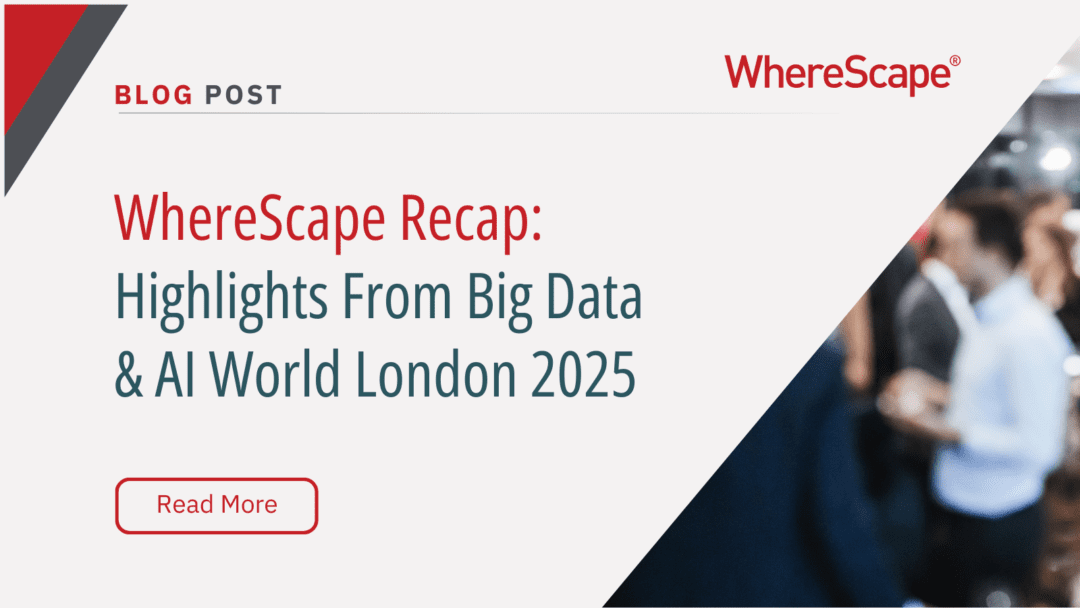
WhereScape Recap: Highlights From Big Data & AI World London 2025
Big Data & AI World London 2025 brought together thousands of data and AI professionals at ExCeL London—and WhereScape was right in the middle of the action. With automation taking center stage across the industry, it was no surprise that our booth and sessions...
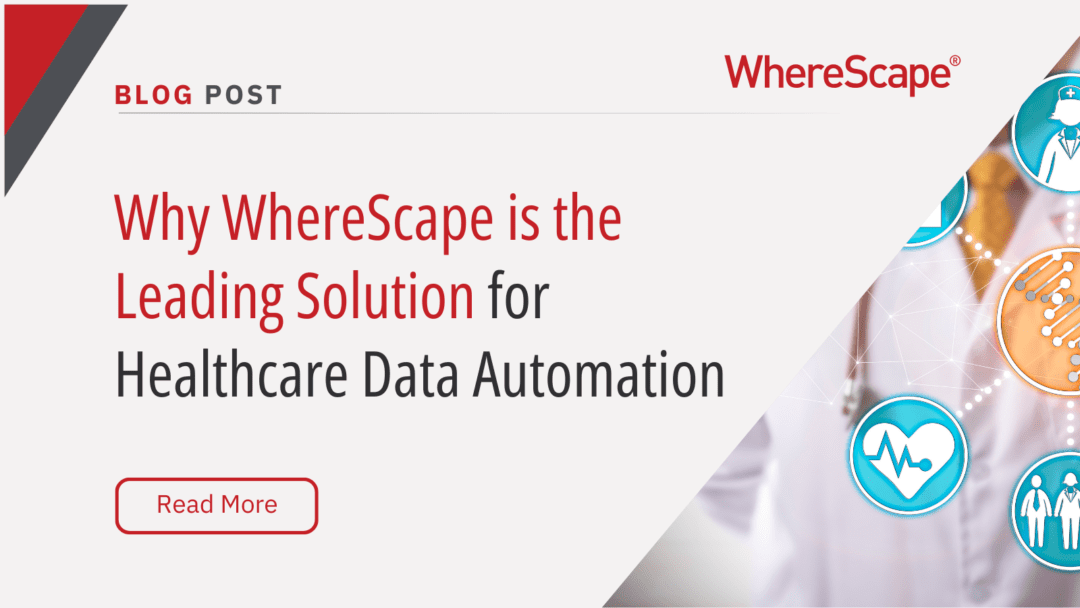
Why WhereScape is the Leading Solution for Healthcare Data Automation
Optimizing Healthcare Data Management with Automation Healthcare organizations manage vast amounts of medical data across EHR systems, billing platforms, clinical research, and operational analytics. However, healthcare data integration remains a challenge due to...
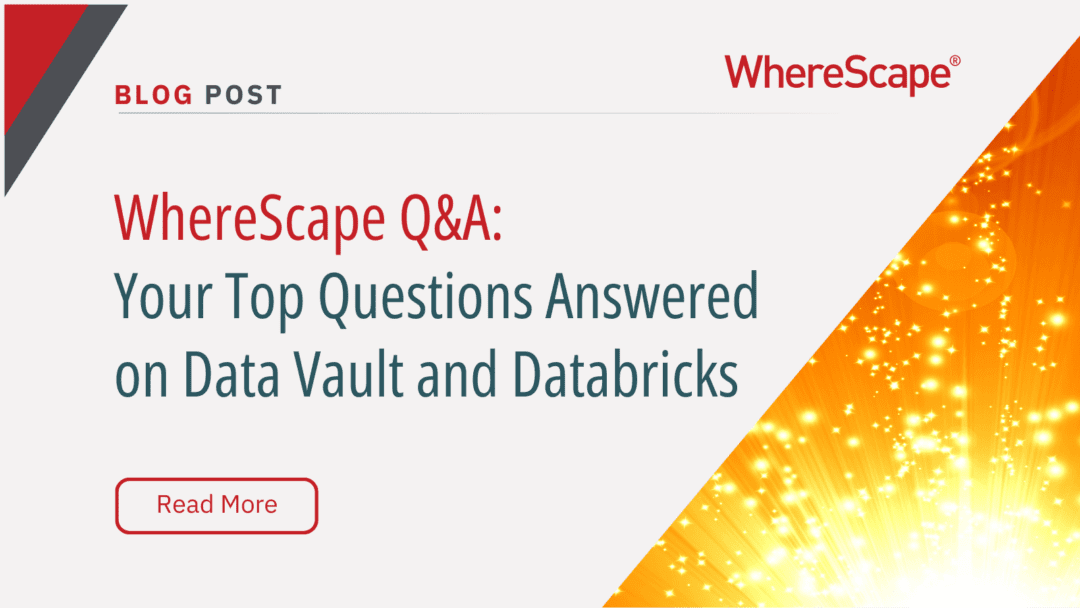
WhereScape Q&A: Your Top Questions Answered on Data Vault and Databricks
During our latest WhereScape webinar, attendees had fantastic questions about Data Vault 2.0, Databricks, and metadata automation. We’ve compiled the best questions and answers to help you understand how WhereScape streamlines data modeling, automation, and...
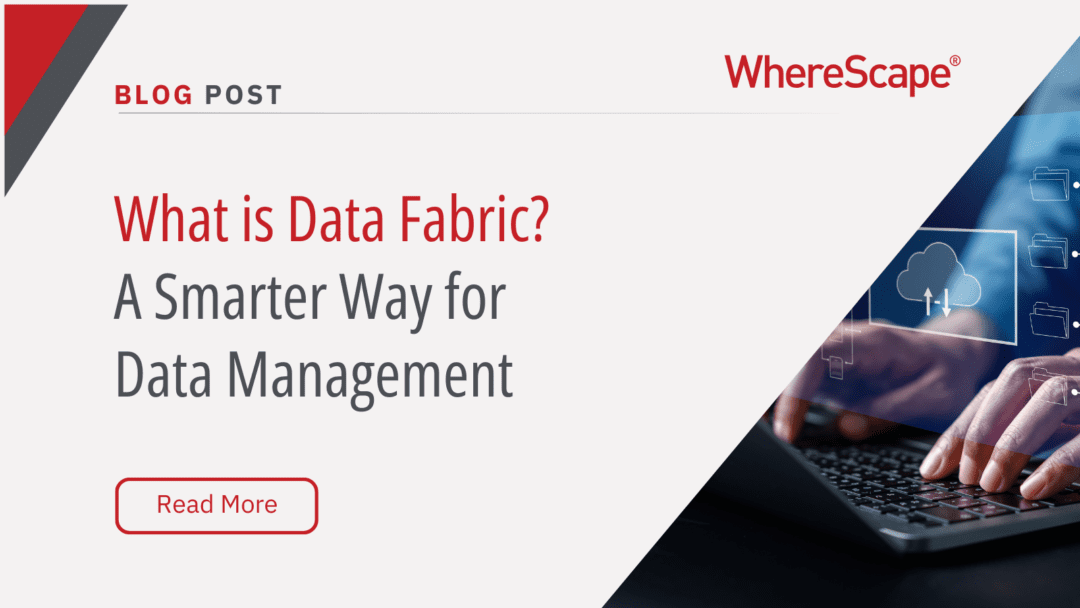
What is Data Fabric? A Smarter Way for Data Management
As of 2023, the global data fabric market was valued at $2.29 billion and is projected to grow to $12.91 billion by 2032, reflecting the critical role and rapid adoption of data fabric solutions in modern data management. The integration of data fabric solutions...


